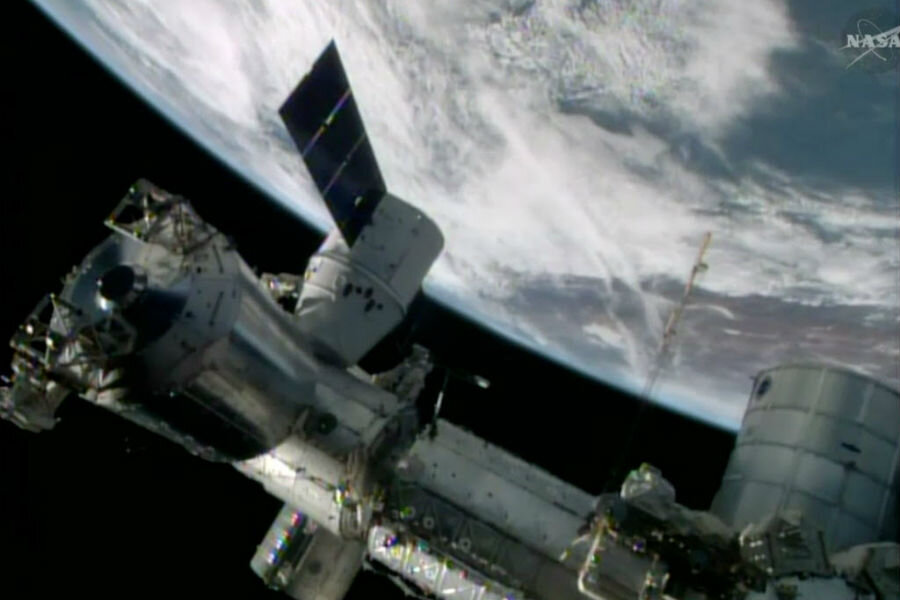Crew evacuates US segment of space station, but leak could be false alarm
Loading...
The crew aboard the International Space Station will likely be holding an unplanned slumber party in the Russian segment following a warning Wednesday morning that ammonia may be leaking into the US portion of the station.
The six-member crew received the warning at about 4 a.m. Eastern time, prompting them to don breathing masks and gather in the Russian segment. By about 9 a.m., no other evidence of ammonia in the segment appeared, suggesting to engineers on the ground that the event was a false alarm.
"We've got almost complete insight back, so everything's looking pretty normal right now. It's becoming a stronger case that this was a false indication," said spacecraft communicator James Kelly as he updated station commander Barry Wilmore on efforts to troubleshoot the issue.
"We're working towards making sure that this is a false indication," he added, noting that while engineers were working to get the crew back into the US segment as quickly as possible, the crew should still anticipate spending the night on the Russian segment.
An ammonia leak is one of three major incidents the crews train for, in addition to fires and major medical emergencies. Ammonia is used as a coolant to draw heat from a water-based cooling system inside the station. The ammonia then carries the heat to heat exchangers outside.
Controllers monitoring the station's systems noted that pressure in one of the cooling system's two water loops was rising even as cabin pressure was rising, according to a NASA statement. That combination could signal a leak, so to be safe, controllers sent the crew into the Russian segment and had them close the hatch.
Controllers also shut down the cooling loop and non-essential hardware in the US segment as a precaution. By 9 a.m. engineers were increasingly convinced the event was a false alarm and started the process of reactivating the US segment's cooling system.
This is not the first time the crew has experienced issues relating to the cooling system. In mid-December 2013, for example, a valve in one of the external pumps circulating ammonia malfunctioned, forcing crew members to conduct two spacewalks to swap out the balky pump for a spare NASA had stowed on the station's exterior. Non-essential equipment remained shut down from Dec. 11, when the malfunction occurred, to Dec. 24, when crew members Rick Mastracchio and Michael Hopkins successfully replaced the pump.
In addition to Commander Wilmore, the current crew includes NASA's Terry Virts, the European Space Agency's Samantha Cristoforetti, and Russian's Alexander Samokutyaev, Elena Serova, and Anton Shkaplerov.






